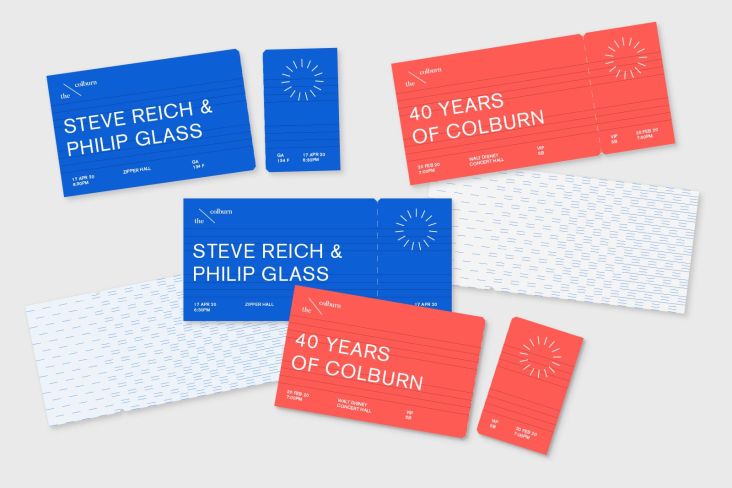New UK tax year: What freelancers need to know
Spring has sprung and a new tax year is upon us! Here’s an update on the changes to tax law that might affect you and your small UK business in the new tax year.
](https://www.creativeboom.com/upload/articles/6f/6f1a2330ea0c42ecd0bd0f9a19be5f540a0aa96e_1280.jpeg)
Image courtesy of Adobe Stock
New ‘limited cost trader’ VAT rate
If you currently use the VAT flat rate scheme to work out how much VAT to pay each quarter and buy very few goods in your business (specifically, you spend less than 2% of your sales on goods, not services, in an accounting period, or less than £1,000 a year on certain goods) then you may find you have to use the new ‘limited cost trader’ rate.
Starting from 1st April, the limited cost trader rate is set at 16.5%, rather than the rate applicable to your business’s trade.
VAT thresholds going up
If you’re not yet registered for VAT, from 1st April 2017 you won’t have to do so until your VATable sales go past £85,000 a year (or within the next 30 days). This is an increase from £83,000 the previous year.
If you’re already registered but want to de-register for VAT, which you may decide to do based on the changes to the flat rate scheme, then you’ll be able to do that if your VATable sales are below £83,000 a year from 1st April 2017 (before that date the threshold was £81,000).
Corporation Tax reduced
Starting on 1st April, Corporation Tax has reduced from 20% to 19% for the financial year 2017/18. This means that Britain will have the lowest Corporation Tax rate of the world’s 20 biggest economies. If your business is registered as a limited company then you’ll pay Corporation Tax at a lower rate than you did last year.
Changes to IR35 for contractors
IR35 is a piece of legislation that allows HMRC to collect additional payment where a contractor or freelancer in the public sector is an employee in all but name. Previously you could have decided if you did or didn’t fall under IR35. Now, starting from 6th April, if you work in the public sector it will be for the public sector body engaging you to decide if you fall within IR35 and enforce it.
You can use HMRC’s new tool to determine if your contract is within IR35. If it is, then your public sector clients will have to deduct Income Tax and National Insurance from your invoices before paying the difference over to you.
Income Tax rates raised
From 6th April there will be changes to the Personal Allowance, the Basic Rate Limit and the Higher Rate Threshold for employees in England and Wales.
2016 to 2017
Personal allowance: 11,000
Basic Rate Limit: 32,000
Higher Rate Threshold: 43,000
2017 to 2018
Personal allowance: 11,500
Basic Rate Limit: 33,500
Higher Rate Threshold: 45,000
And if you live in Scotland, remember that from 6th April 2017 the Scottish government has set different tax bands from the rest of the UK, meaning that if you’re a higher-rate Scottish taxpayer you’ll see your bills go up.
This article was written by Emily Coltman, Chief Accountant at FreeAgent, the online accounting software specifically designed for freelancers, contractors and micro-businesses, covering everything from invoicing to tax. Emily features in A Field Guide to Freelancer Finances, a free ebook of business finance tips – download your copy.




















](https://www.creativeboom.com/upload/articles/e5/e5267b1b5a615bf6d6cf2bb9ca0181401a3cf496_732.jpeg)
](https://www.creativeboom.com/upload/articles/e7/e7cafab030d31c8263cf954f5cd38f1a3be6349d_732.jpeg)




